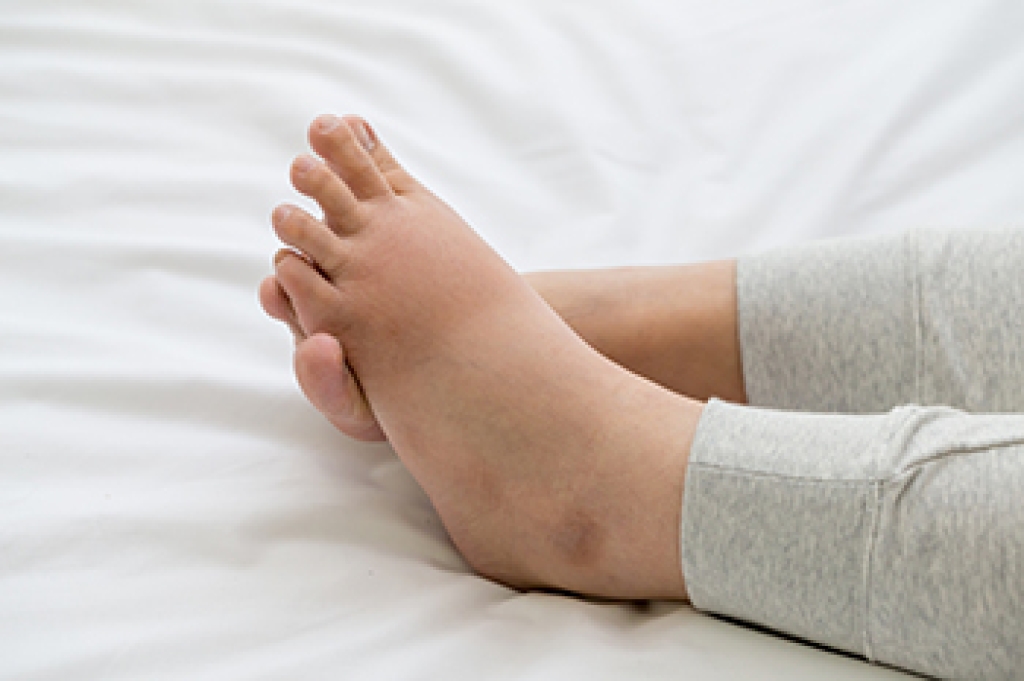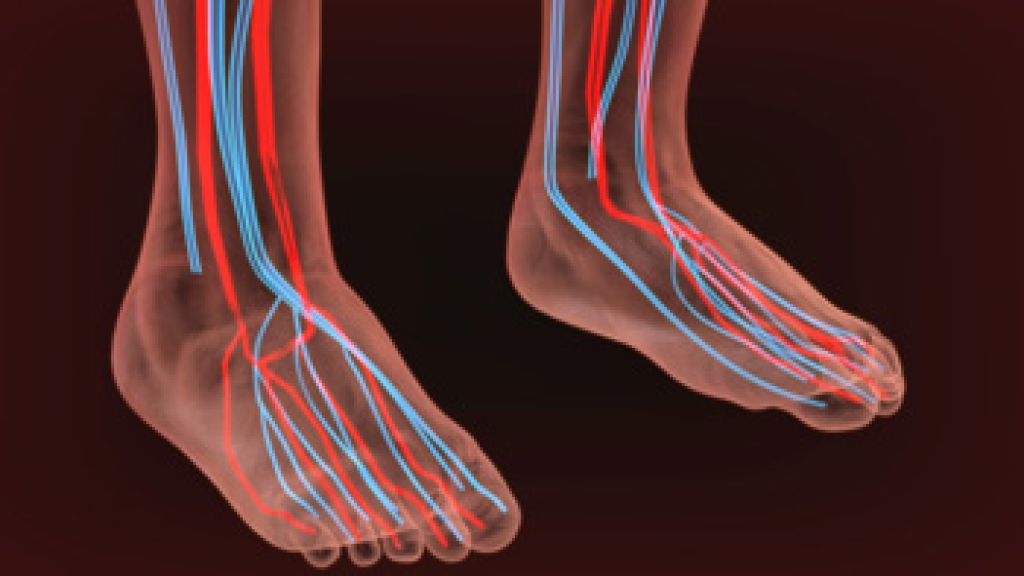
Pregnancy is a transformative journey filled with numerous physical changes, some of which can lead to aches and pains in the feet. These discomforts are often attributed to the body's natural adjustments to accommodate the growing baby. One common issue is swollen feet and ankles, caused by increased blood volume and pressure on leg veins. This can result in edema, a condition where excess fluid accumulates in the feet and ankles, causing swelling and discomfort. Another reason for foot pain during pregnancy is weight gain, which places added stress on the feet, leading to arch pain or plantar fasciitis. Hormonal changes during pregnancy can also affect ligaments and tendons, potentially causing instability and discomfort. To alleviate these discomforts, pregnant individuals are advised to wear supportive, comfortable shoes, and to elevate their feet whenever possible. Additionally, engaging in gentle foot exercises can help to improve circulation and flexibility. Understanding these common aches and pains can help expectant parents navigate this incredible journey with more comfort and confidence. If you would like more information about specific foot conditions during pregnancy, it is suggested that you consult with a podiatrist.
Pregnant women with swollen feet can be treated with a variety of different methods that are readily available. For more information about other cures for swollen feet during pregnancy, consult with one of our podiatrists from Lewis Wolstein, DPM, P.C. & Associates. Our doctors will attend to all of your foot and ankle needs.
What Foot Problems Can Arise During Pregnancy?
One problem that can occur is overpronation, which occurs when the arch of the foot flattens and tends to roll inward. This can cause pain and discomfort in your heels while you’re walking or even just standing up, trying to support your baby.
Another problem is edema, or swelling in the extremities. This often affects the feet during pregnancy but tends to occur in the later stages.
How Can I Keep My Feet Healthy During Pregnancy?
- Wearing orthotics can provide extra support for the feet and help distribute weight evenly
- Minimize the amount of time spent walking barefoot
- Wear shoes with good arch support
- Wear shoes that allow for good circulation to the feet
- Elevate feet if you experience swelling
- Massage your feet
- Get regular, light exercise, such as walking, to promote blood circulation to the feet
If you have any questions, please feel free to contact our office located in Co-Op City, NY . We offer the newest diagnostic and treatment technologies for all your foot care needs.




